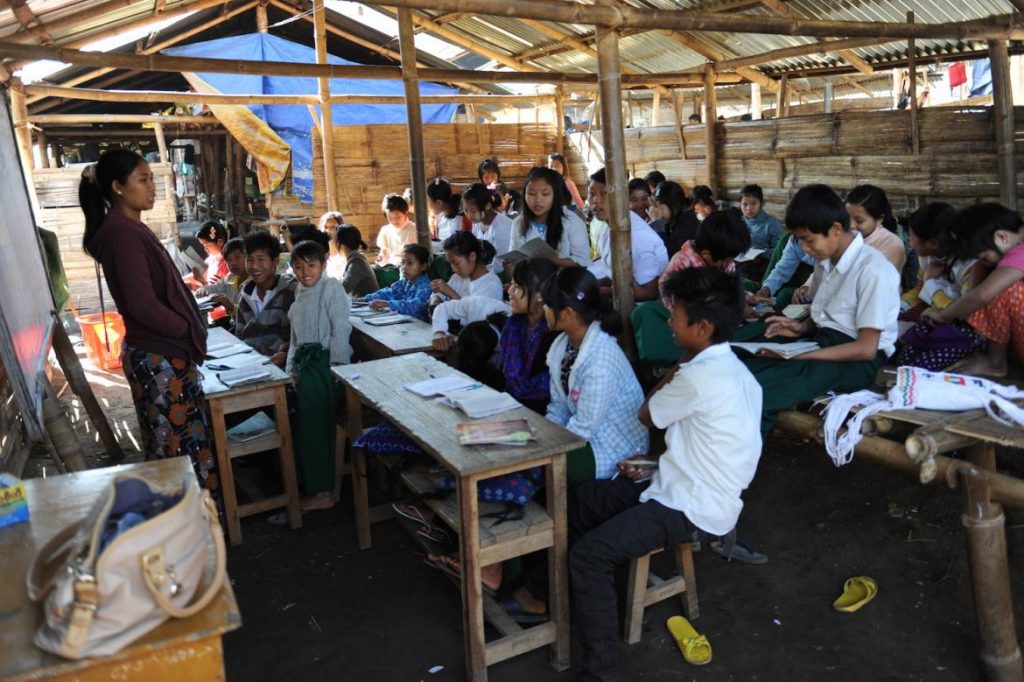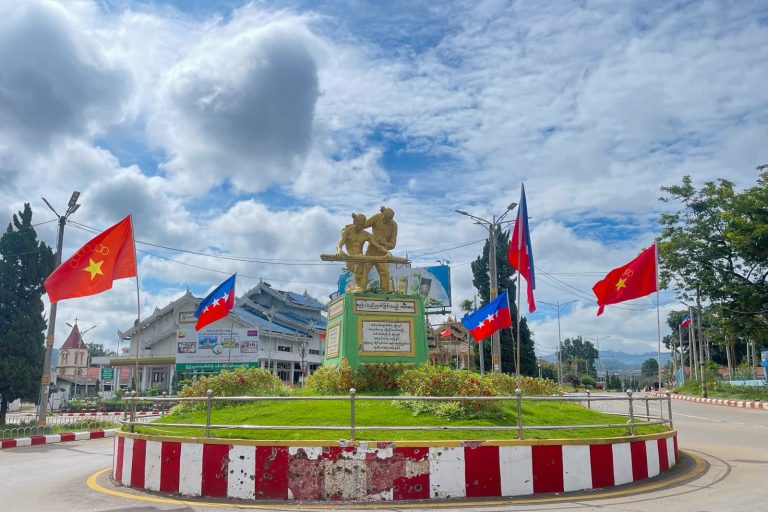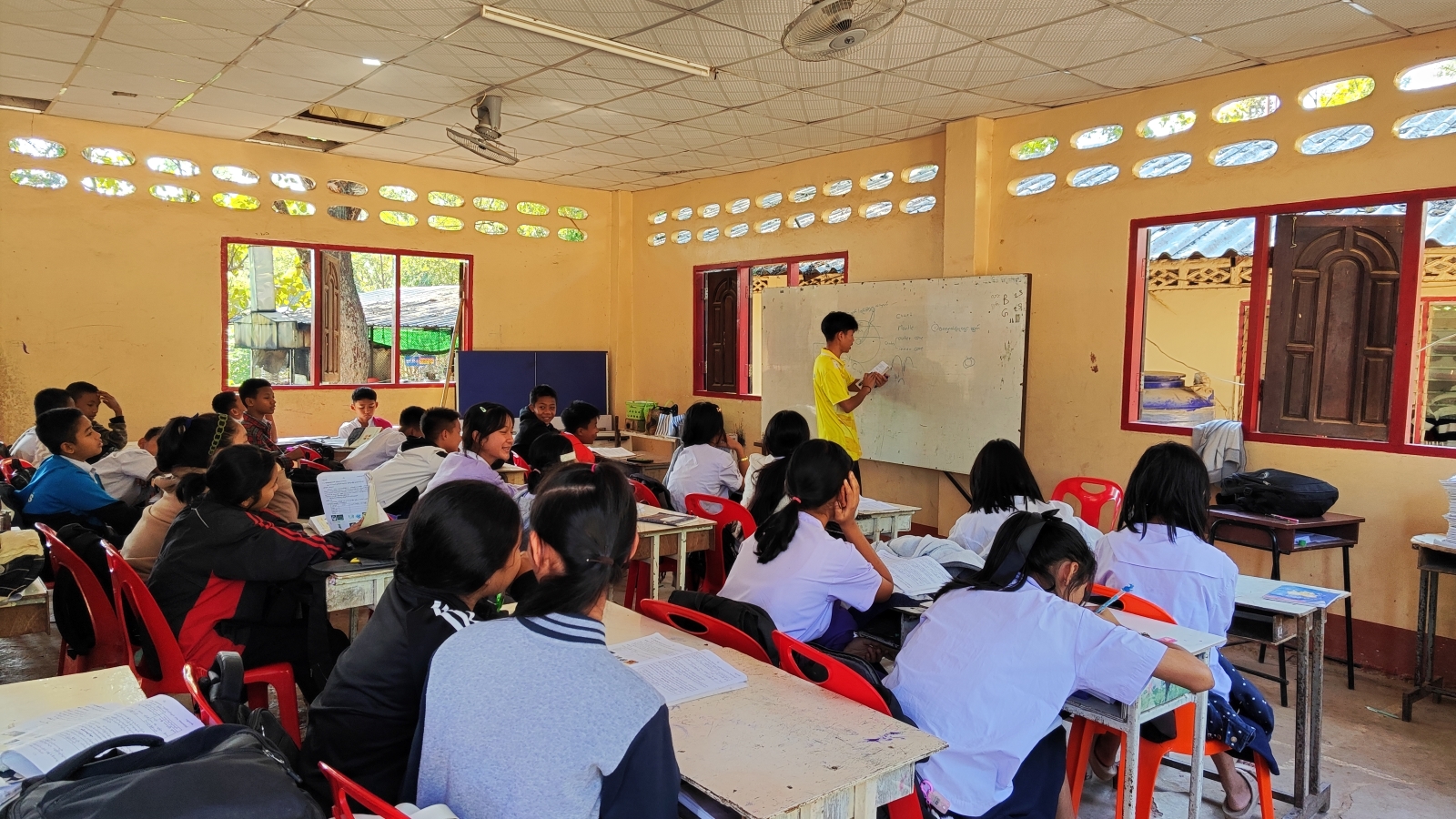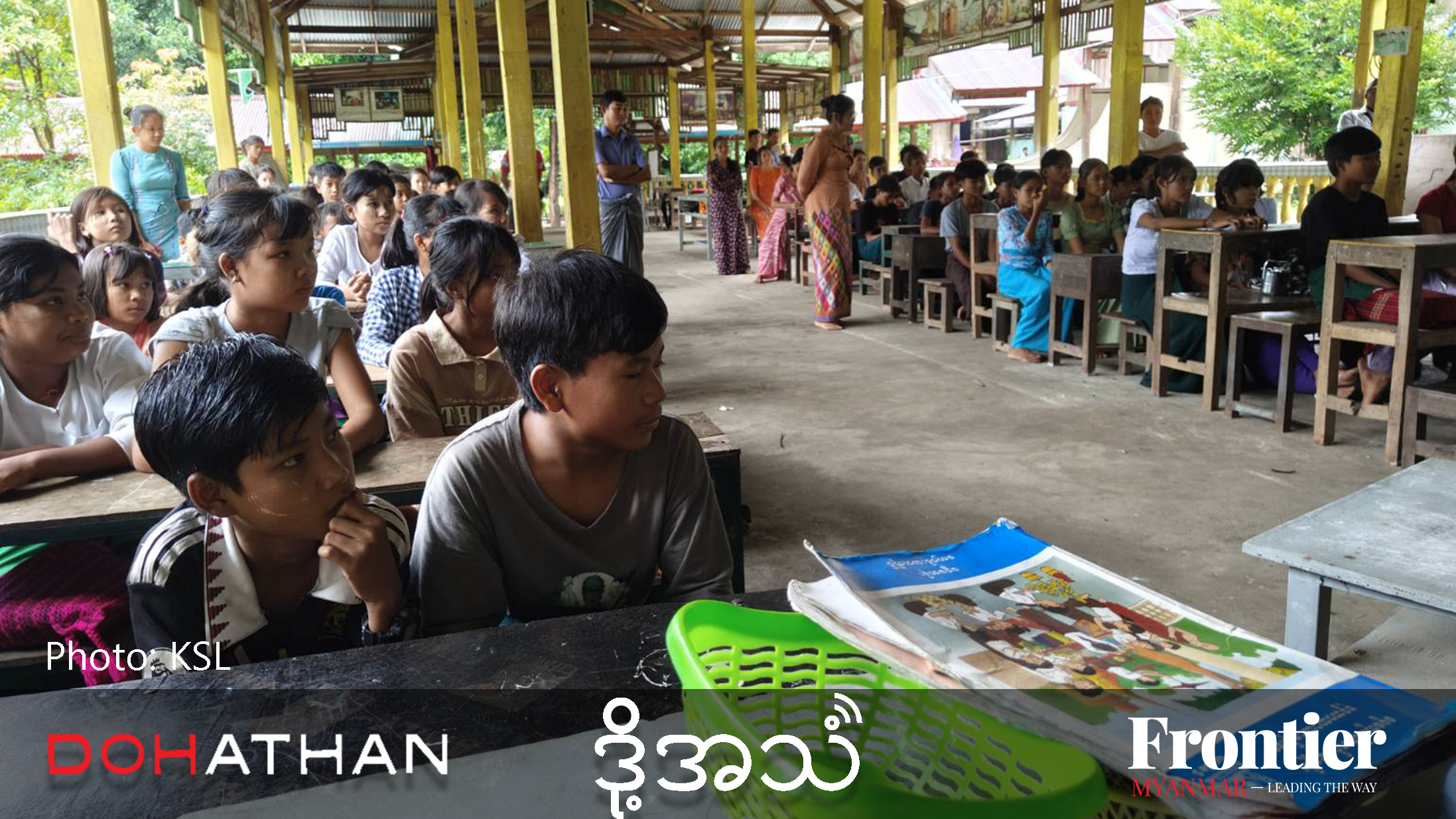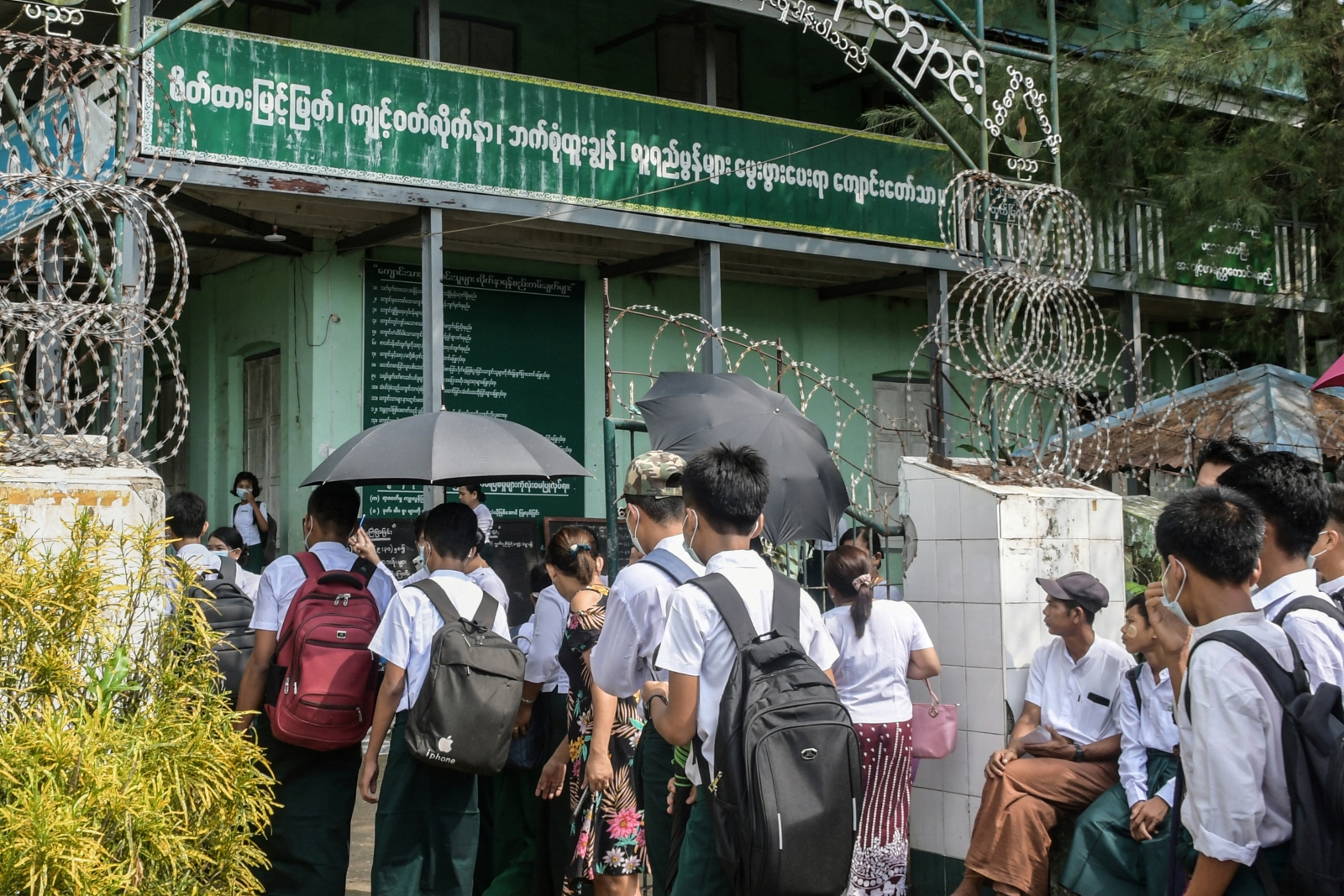English has traditionally been viewed as a foreign, borrowed language in Myanmar, but a shift needs to take place to allow learners to see themselves as creative owners of a global language – Myanmar English.
By EWAN CAMERON | FRONTIER
When we say English is a “global language”, what exactly do we mean? Do we mean that it has become a creative tool to be used for all – or would it be more accurate to say that it is British and American English that have become globalised? The answer, of course, lies somewhere in between.
While Myanmar has had an erratic relationship with English, in contemporary Myanmar it is a language of aspiration. The boom in private English schools since the turn of the century is testament to this. But despite the many English language publications, the rebounding number of English users, and the prevalence of English language signboards and tuition classes, there remains a sense that English does not belong to Myanmar – that it is something to be borrowed rather than owned.
Language evolution and the addition of new words to our vocabulary are typically not a conscious political act but rather a practical one. Why say, “She is wearing a paste of Murraya spp on her cheeks,” when “wearing thanaka” will do?
English, like all languages, is evolving constantly and absorbing new words from a variety of sources. Myanmar has many gifts to the wider English language: Chinlone, hluttaw, thanakha, saya, sayama, pongyi, thakin, anyeint, pwe, zat, nat, longyi, htamein, paso, gaungbaung, padauk, kantkaw, anar, oozie, lahphet, khauk swe, paya.
Support more independent journalism like this. Sign up to be a Frontier member.
There are also local idiomatic noun compounds such as tea money, fancy shop, sky beer, linecar and sidecar. Only a few of these words can be found in English dictionaries, nevertheless they are all de facto English words, as they are frequently used in English-language conversations or seen in English-language publications, not just in Myanmar but also abroad; a food review in the UK Observer speaks of “joyful evenings of mohinga, lahpet thoke and khauk swe” for instance.
Still, you’re unlikely to find these words in English learner textbooks, where American and British hegemony manifests. These books, produced in the United States and Britain, act as vehicles not just for “standard English” but for the cultural norms of these countries, too. (That said, in Myanmar this dominance is being challenged by organisations such as Educasia and Mote Oo, which are producing English-language textbooks written specifically for the local context.)
In Myanmar classrooms, there is also the persistent supremacy of the “native-speaker” teacher, a mythologised demigod of education who is viewed as infinitely preferable to the “non-native speaker”. In Myanmar, “native” English teachers are paid vastly higher wages than their local counterparts, which creates not just a material but also a psychological cleavage.
Consider the Peace Corps, a US government-funded programme that arrived in Myanmar last year. The program has placed American teachers armed with just 10 weeks of training in state schools to act as co-teachers alongside local English teachers. There’s no doubting the sincerity of the volunteers, and the programme has made sure to provide them with cultural lessons. But we have to ask what message it sends to students when they see their regular teacher being “helped” by a “native-speaker” who is likely many years their junior.
English language teaching often operates with a native/non-native dichotomy. Yet this model, which gives students a goal of “speaking like a native” is one that they, by definition, can never achieve. In the words of linguist Mr David Graddol, this model casts the student as an “inbuilt ideological positioning of the student as outsider and failure outsider and failure”.
Myanmar English is not as developed as, say, Indian English or British English, but it doesn’t need to be. Recognising Myanmar English is about expanding the boundaries of what English is and what it can do, rather than creating a whole new language. In education, the development of local teachers who can take ownership of English is the first step towards this perspective shift in education.
Another is reforming the English curriculum. Wuthering Heights is fine, but Pascal Khoo Thwe’s From the Land of Green Ghosts or Ma Thanegi’s Nor Iron Bars a Cage would also be worthy additions to an English Literature course and give learners a wider range of English-using role models.
It is time to change our perspective on English from a foreign, borrowed language to one that is both global and local, to be creatively used and owned by all who wish to. In doing so, Myanmar English learners can be empowered to see their potential as creative, reflective owners of a language, instead of being hampered by a ceiling that marks them as “non-native”. Second-class English users no more, they can be sayars and sayarmas of a global language.
TOP PHOTO: A teacher leads a class at a high school in Laiza, Kachin State (Steve Tickner | Frontier)


